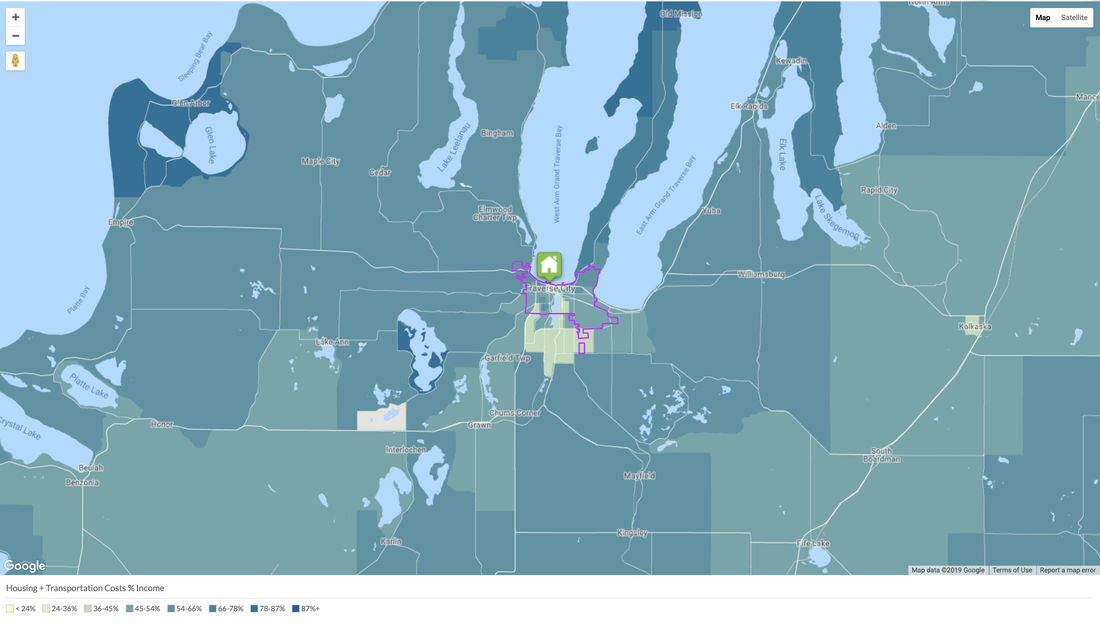|
Last year, U.S. News and World Report ranked states by housing affordability. They compared the cost of living with how much citizens in each state had to spend. According to their ranking, Ohio was the most affordable, with Hawaii being the least. Ohio ranked highest even though it has only the 11th lowest cost of living. What made Ohio rise to the top was how their household income favorably compared with cost of living. Mississippi, on the other hand, which has the lowest cost of living in the 50 states, ranks 13th in housing affordability thanks to its lower incomes.
Housing costs typically consume the largest portion of a household budget. The category usually in the number two spot is transportation. When an individual or family is making a decision on where to the live, they often overlook how transportation costs can add a significant amount to their household spending. Homes may be cheaper away from town, but did you consider how much more you might spend traveling to work, shopping and other trips? To help draw attention to transportation cost the Center for Neighborhood Technology created a Housing and Transportation Affordability Index (H+T Index). This index compares housing prices with incomes, but also adds in transportation costs. They regard 45% as the most a household should spend on housing and transportation. Their online tool is available to all at https://htaindex.cnt.org. You can see down to the neighborhood how well home prices match up with incomes. Then you can add in transportation costs and see how affordability shifts. Where I live in Traverse City, Michigan, in town houses fetch nearly twice the cost per foot as those in the suburbs, and even more than twice those out of town. So a home buyer would naturally be inclined to look to the ‘burbs and beyond for value. But according to the H+T Index, most in town neighborhoods are rated affordable, whereas most neighborhoods beyond are not. And affordability generally fizzles the further away from town you get. Now some of this has to do with higher income households being attracted to urban living, but the impact of transportation costs is unmistakable. Living in town affords households to shed a car, or even two, and can lessen the impact on the car or cars they do own because they are used less. The ability to walk or bike to destinations, along with the availability of fixed route transit, and on call services like taxis and Uber, make personal cars costs go down (or disappear!) The Center for Neighborhood Technology calls this “locational efficiency.” Living in a location efficient neighborhood can save you $10,000 annually, or more. Consider that the next time you are looking to move.
0 Comments
Leave a Reply. |
AuthorRob Bacigalupi helped build one of the premier downtowns in the Midwest Archives
March 2020
Categories |

 RSS Feed
RSS Feed